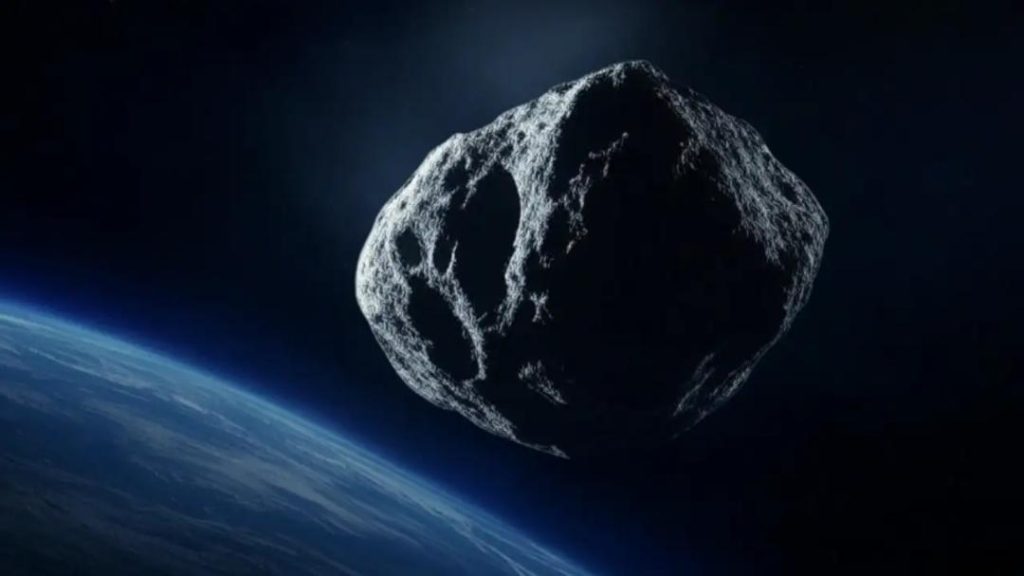
Asteroid Twice the Size of Taj Mahal Approaching Earth at a Speed of 77,282 kmph
As we continue to explore the vastness of space, scientists have been tracking a massive asteroid that is set to make its closest approach to Earth on March 26. The asteroid, named 2014 TN17, is approximately 540 feet in size, which is nearly twice the height of the iconic Taj Mahal in India. What’s even more alarming is that it’s approaching our planet at a staggering speed of 77,282 kilometers per hour.
According to NASA, 2014 TN17 belongs to the Apollo group of asteroids, which means it follows an orbit that crosses Earth’s path. This raises concerns about the potential impact of the asteroid and whether it could pose a threat to our planet.
The asteroid was first discovered in 2014, and since then, scientists have been monitoring its movement and trajectory. NASA has classified 2014 TN17 as a potentially hazardous asteroid (PHA), which means it has a chance of impacting Earth in the future.
While the asteroid is currently not expected to collide with our planet, its proximity to Earth is still a cause for concern. The closest approach is scheduled to take place on March 26 at 5:04 PM Indian Standard Time (IST). During this time, the asteroid will be at its closest point to Earth, known as perihelion.
According to NASA, the asteroid’s approach is a rare occurrence, and scientists are eager to study it further to learn more about its composition and origin. The agency has been tracking the asteroid’s movement using a network of telescopes and spacecraft, and it has also been monitoring its orbit to predict its future trajectory.
So, should we worry about the approaching asteroid? While the chances of it colliding with Earth are low, it’s still important to take the situation seriously. NASA has been working closely with astronomers and scientists around the world to track the asteroid’s movement and provide updates on its trajectory.
The agency has also been conducting research to better understand the asteroid’s composition and size, which will help scientists to better predict its future behavior. Additionally, NASA has been developing technologies to deflect or destroy asteroids that are on a collision course with Earth.
In the meantime, it’s essential for us to stay informed and up-to-date on the latest developments regarding 2014 TN17. By working together, scientists and astronomers can continue to monitor the asteroid’s movement and provide critical information to the public.
Source:






